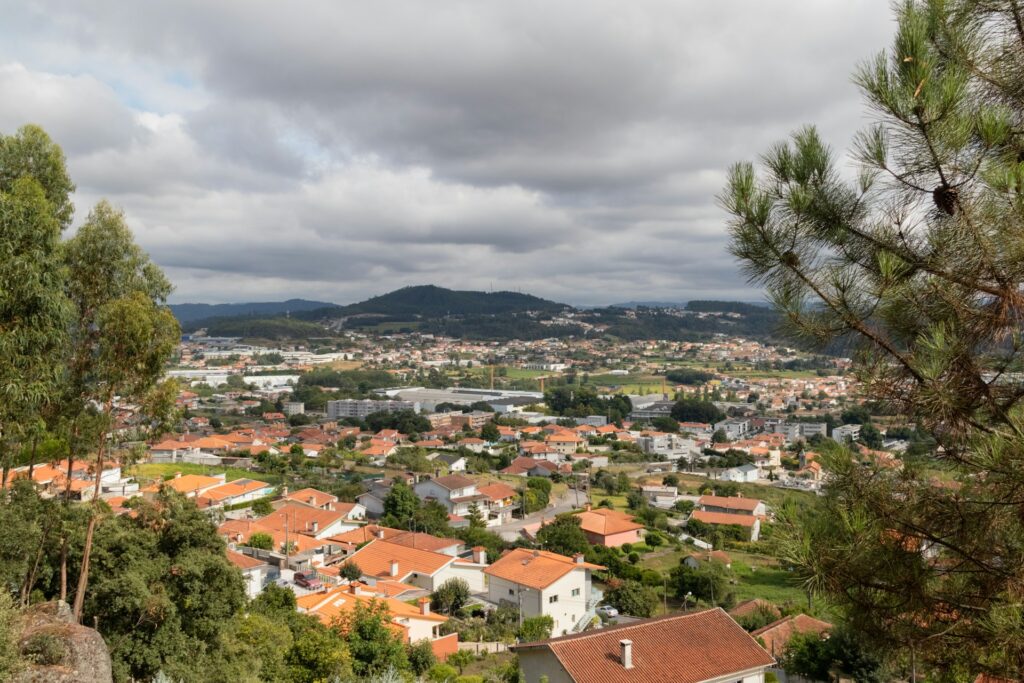What is Compact Settlement: A Complete Overview
A compact settlement is a human settlement, in which buildings, houses, structures in general, are located close to one another and usually in a limited territory.
Such a system of human habitation is typical for the area where the territory is scarce or people require to be a density for social, economic or cultural purposes.
They appear in both the peri-urban and the rural areas, and they provide an aspect of how human beings have had to organise their settlements.
In this blog we will be discussing the various aspects of compact settlement for example compact settlement features, examples of compact settlement and the gains of having compact settlements.
1. Key Characteristics of Compact Settlements
The term compact settlements can be described as a situation where facilities and structures are highly developed within a small region.
Unlike dispersed form of settlement where homes as well as structures are scattered all over the place, compact form of settlement takes members of the community closer together.
It’s prevalent in regions where the geographical accessibility of land is a concern, for instance; valley, mountain or coastal regions.
Individual buildings in compact settlements share similar features because they are mostly shaped in relation to the confines of the available space with relatively small streets and few if any areas of open ground between the structures.
The houses may be situated side by side with structures sometimes even sharing party walls, or within a central converging region such as market, square or holy place.
It makes it easier for people to move from their houses to the service points and also allows them to mingle since proximity distances are only covered.
This kind of settlement pattern is observable in areas of valuable arable land as we see people requiring physical proximity to crop-growing fields or water resources.
Furthermore compact settlement as its name suggests has small options for carriageway and walk ways with small turning space making them safe for pedestrian and interconnecting various parts of the settlement.
2. Examples and Distribution of Compact Settlements
There are neighborhood types of dwellings in different regions of the world characterized by historical, cultural and geographical factors.
Rural Compact Settlements:
As in modern cities, compact settlements are characteristic of rural areas, in agricultural settlements where valuable arable land is scarce and cannot be taken up by buildings.
This pattern of settlement is typical in European countries like France, Italy, Spain with dwelling build around the village heart, a central village ‘square’, a church or a community building.
In Asian countries as India and China, compact rural settlement is also observed in the areas with high population density and intensive agricultural activities, such as the area of Ganges Delta in India or rice-growing areas of Southeast Asia.
Urban Compact Settlements:
In cities, compact settlements may include closely related settlements in large populated areas like lively neighborhoods or districts.
These include the old city core in Paris, France where the mediaeval city layout produced built- up structures with small streets; similar confining features found in old Rome, Italy.
Modern examples of compact urban settlements are such places as Hong Kong or Tokyo or New York’s Manhattan with its new high rise buildings.
The structures developed in these urban centers are many storeyed and there is full utilization of the vertical dimension.
Indigenous and Traditional Communities:
Other place that traditionalism is expressed is in the limited spatial dispersion of settlements, and some traditional communities that do show compactness to a considerable extent.
For instance, many African tribal villages feature huts or houses in a circular or square, all rounded for protection, and has an open space in the center for social functions.
For instance, typical traditional building among the pre-colonial Berber people of North Africa including Libya utilised compact house structures set on hill tops in order to effectively and efficiently use the limited space and to ward off any possible invasions.

3. Advantages of Compact Settlements
There are many advantages prone to compact settlement that make them desirable for human occupation in an area under specific ecological and social circumstances.
Efficient Land Use:
The highly feasible option serves the purpose of making optimum use of available space as a major advantage of compact settlements.
This pattern helps the communities to make the best out of the available space, which is fundamental where populations’ densities are high or where space is a frame limitation such as in the developing countries.
Grouping of buildings also enables large portions of lands to be used for agriculture, natural preservation or any other use.
Social Cohesion and Community Interaction:
Some relations exist due to environmental factors because neighbors are seen frequently and people are more involved in communal activities.
Compact subsistent settlement exhibit over whining social solidarities due the concentration of most essentials needs such as marketing centers, school, and worship places to mention just but a few.
Reduced Infrastructure Costs and Environmental Impact:
Small habitation patterns will entail lower costs on provision of infrastructure facilities including roads, utilities and service infrastructures.
Since there are little distances between buildings and amenities, there is no need for transport conveying of materials, reducing a communities ecological interactions.
Also, compact development tends to promote similar patterns of low carbon activities such as walking and cycling.
Conclusion
Thus, compact settlements are necessary and rational type of human living conditions often influenced by the different geographical, cultural, or economic factors.
Because of their pattern of development and functional characteristics, suburbs are the persistent form of human settlements ranging from the small rural community to the large urban centers.
Studying compact settlements can help in understanding how people live sustainably as the world moves towards absorbing more urban structures.
Also read: The Sustainable Compact City: Post Pandemic Urbanism


Dubai has emerged as one of the world’s top business destinations,
attracting entrepreneurs and investors with its strategic location, business-friendly policies,
and excellent infrastructure. Whether you’re
a startup, SME, or multinational corporation, Dubai
offers multiple business opportunities across various industries.
This guide will help you understand the essentials of business setup in Dubai.
Why Set Up a Business in Dubai?
Strategic Location: Dubai is a gateway between Europe, Asia, and Africa, making it an ideal hub for
international trade.
Tax Benefits: Dubai offers zero personal income tax and low corporate tax rates.
Business-Friendly Environment: The government
provides numerous incentives and streamlined
processes for business setup.
World-Class Infrastructure: Dubai has state-of-the-art airports, ports, and office spaces, facilitating seamless business operations.
Diverse Market: The city’s multicultural environment and growing economy make it a thriving market for various industries.
Types of Business Structures in Dubai
When setting up a business in Dubai, you must choose the right legal structure that
aligns with your business goals:
Mainland Company: Ideal for businesses that want to operate
across the UAE without restrictions. Requires a local service agent for certain activities.
Free Zone Company: Suitable for businesses looking for 100% foreign ownership, tax exemptions, and full
repatriation of profits.
This post will help the internet visitors for setting up new website or even a weblog from start to end.
You’re very welcome. We are so glad you found the article helpful. Thanks a ton for your kind words. If you ever need more content or have any questions, feel free to reach out. We really appreciate your support.